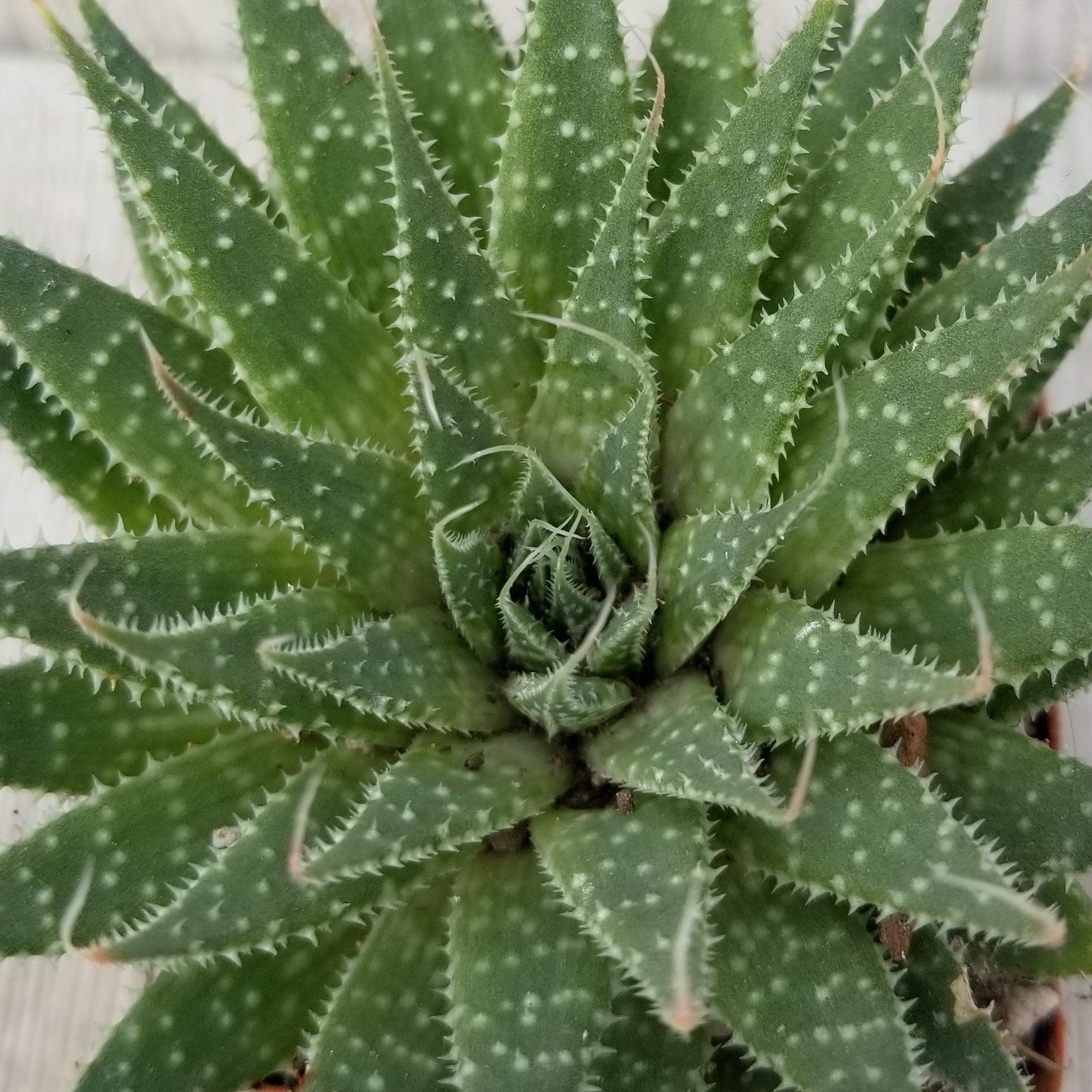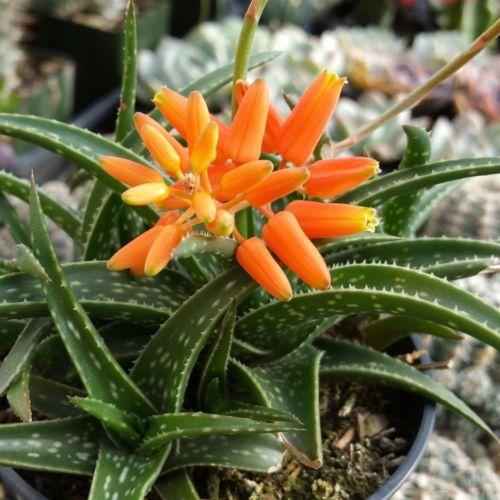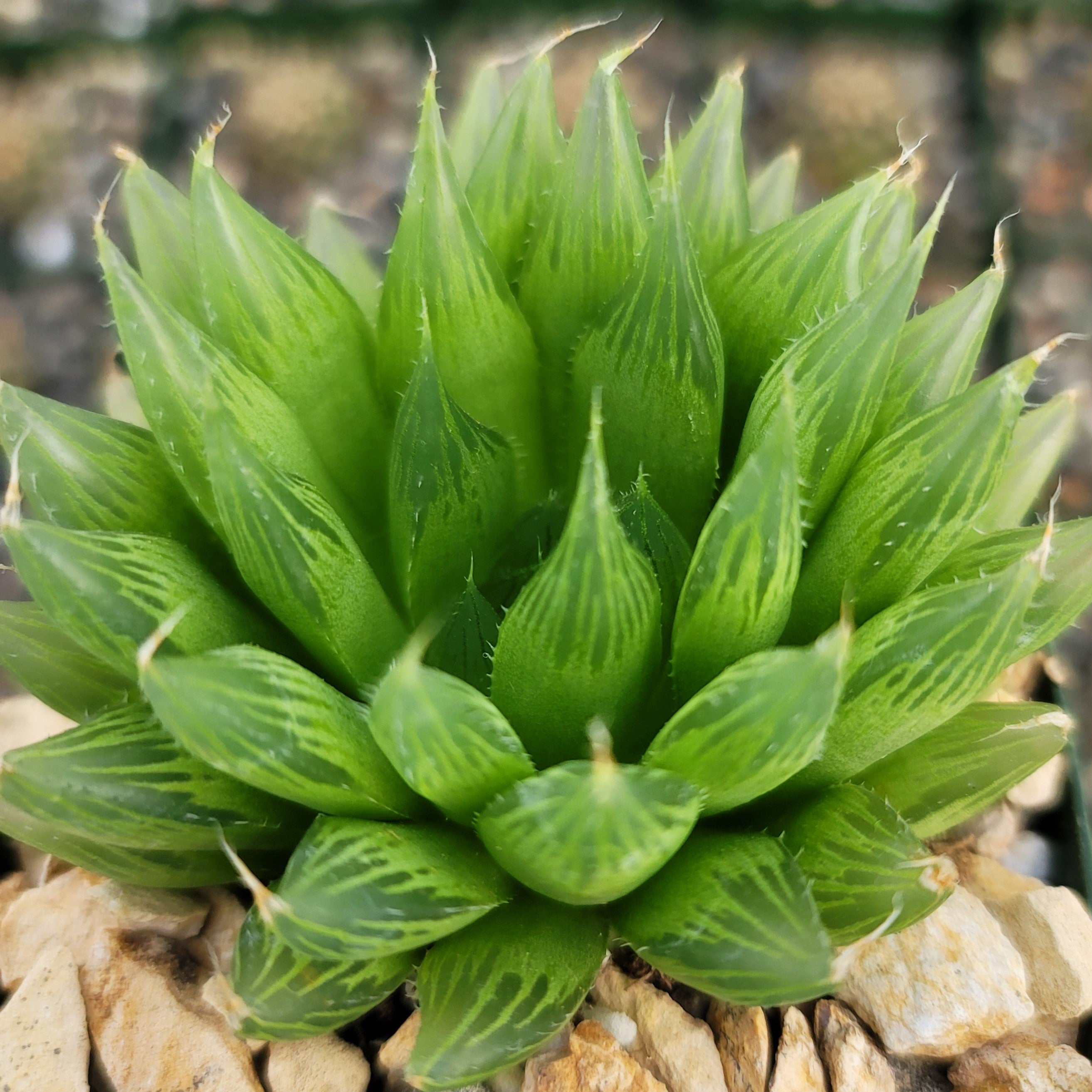Caudex Bulb Plants
Updated: January 28, 2025

If you are a succulent lover, grower, or gardener, you may have often come across the caudex bulb variety. The swollen trunk is a giveaway. These plants are also called caudiciform plants and are commonly referred to as bulb plants. Interestingly, most of the plants in this group have intriguing names. Since they look different yet elegant, they are good indoor ornamental plants. Most of the caudex varieties are succulents, but there are bonsai, caudex trees, and vines. Some belong to the bulbs and grass types.

What is a Caudex Plant?
Caudex meaning, as per the Oxford dictionary, is ‘the axis of a woody plant, especially a palm or tree fern, comprising the stem and root.’ Caudex in Latin means ‘tree trunk.’ The plants are categorized as Pachycauls, which in Greek means thick stem - pachy stands for thick and caulis denote stem.
So, what are caudex plants? Basically, caudex plants have distended or bulged stems or roots. This swollen or stout caudex stem or caudex root is never underground - it comes above the ground; be it stem or root. Due to their appearance, the plants are also called fat plants.
A caudex plant is primarily native to the arid deserts of either Mexico or Africa. The swollen growth of the stem is a modification meant for storing water. Most of these houseplants are categorized under Genus Aloe, Agapetes, Cussonia, Cissus, and Euphorbia.
Common Types of Caudex Bulb Plants
1. Beaucarnea recurvata or Elephant’s foot or Ponytail palm
It is one of the commonest evergreen houseplants with a swollen trunk. As the name suggests, the adult plant looks like the foot of an elephant. When young, the caudex is roundish. The name Ponytail Palm comes from the growth of curved leaves around the elephant foot caudex that represent a ponytail.
2. Jatropha podagrica or Buddha belly or Gout plant
This plant caudex Euphorbia attracts exquisite butterflies because of its orange flowers amidst the green big-sized leaves. It is a deciduous plant that does not need much-focussed caudex care with well-drained soil and bright light.
3. Pachypodium lamerei or Madagascar palm
This is another typical caudex example. It is an excellent decorative plant for the indoors. The pachypodium caudex grows tall with narrow tapering leaves covering the trunk. The flowers of the Madagascar caudex look like frangipani blooms.

4. Euphorbia Stellata Caudex
This is another common variety on the caudex plants list. Commonly called the Medusa’s head, the euphorbia caudex looks like a big-sized potato. The green flowers may not add much to its overall aesthetics. If you love to grow this Euphorbia with caudex, take care that the soil has excellent drainage properties and is exposed to full sun for the best growth.
5. Ficus Petiolaris or Rock Fig
This evergreen tree belonging to the Moraceae family and native to Mexico is a common ficus caudex. Soft leathery leaves with pink veins characterize the plant's foliage. The leaves grow huge, either elliptical or oval in shape. While indoors, the plant reaches a height of 2 meters. It is a tree when growing outdoors or in its native region. Give it well-drained soil and partial shade, and the plant doesn’t need much. It is an excellent bonsai choice.
6. Pelargonium Quarciticola
This is a pelargonium caudex. A member of the Geraniaceae family, this plant is native to South Africa. It grows to a height of 7cm with a caudex diameter of about 2cm and is covered with whitish cream to pinkish-red flowers during the blooming season, which is late winter.
7. Begonia Parita
This is an example of begonia caudex. It belongs to the Begoniaceae family and has its origin in South Africa. The caudex thickness is about 10cm, and the height of the plant is about 35cm. The common name of the plant is Maple leaf Begonia.
8. Adenium Obesum or Desert Rose Plant
The adenium obesum caudex is one of the most popular choices as a bonsai houseplant. However, it is a poisonous species. It belongs to the Apocynaceae family and has its origin in the Sahara Desert. It is a slow-growing plant characterized by a thick succulent trunk. The foliage consists of thin leaves though the main attraction is the lovely pink flowers.
9. Ceropegia Woodi or Strings of Hearts
The ceropegia woodii caudex is a native to South Africa, Zimbabwe, Eswatini, and Mozambique. It belongs to the Asclepiadaceae family, growing to a height of 2 meters. The flowers appear white to pink in color. The vines or the climbing plant are also known as the Rosary Vine and Hearts entangled.
10. Fockea Edulis Caudex
Belonging to the Asclepiadaceae family, the Fockea edulis is a native to South Africa. Growing up to a height of 4 meters, the caudex obtains a thickness of about 60cm. It bears white flowers during the blooming season. The caudex is edible as per local tales. It is a massive caudex with one set of vine-like branches and one set of tree-like branches.

11. Ipomoea Batatas
This ipomoea caudex attains a thickness of about 10cm. The plant belongs to the Convolvulaceae family and originates in Southern America, reaching a height of 4 meters. The flowers are pink in color. The common name of this plant is sweet potato.
Caring for Plants with a Caudex
Most caudex plant types are easy to grow with low demands. Here are the main points to take care of:
- Water - Most caudex rare plants need regular watering from spring to summer, the growing season. Typical of succulents, you need to ensure that the soil is dry between watering. During the dormant season or winter, watering should be minimal.
- Soil - Most rare caudex plants need well-drained sandy and loamy soil. A commercial cactus potting mix is ideal for growth.
- Light - Caudex plants usually love full sun though you need to understand the specific requirements of each plant. A few of these rare houseplants grow well in the shade.
- Temperature - Most of these succulents are not frost-hardy and prefer a well-ventilated ambiance during summer.
-
Propagation - The ideal way to propagate is to use caudex seeds. However, you can use cuttings too for propagation.
Caudex Bonsai Care
Taking care of the bonsai, follow these steps:
- Water - It is crucial to let the soil dry completely between watering cycles. This will keep the roots healthy and away from rot. Watering should be almost negligible during winter and frequent during spring and summer.
- Soil and planter - The soil should not be compact or hold water. The planter must have enough drainage holes so that the excess water can flow out with ease.
- Fertilization - A typical succulent fertilizer can be used on the bonsai. It should be combined with at least 50% water. Remember not to fertilize the plant during winter.
- Light - The bonsai of caudex succulents mostly thrive in full sun. The Desert Rose bonsai grows ideally in a temperature range of 40°C to 90°C.
- Placement - Try placing the plant on the window sill facing the south. If you live in a warm region, you can place the houseplant outdoors where it receives a good amount of sun during the morning and evening but is shaded from the afternoon sun.
Frequently Asked Questions
1. How to fatten adenium caudex?
For a chubby desert rose caudex, you can follow the tips given below:
- Adding nitrogen sources like beans, manure, Bacillus bacteria, or Trichoderma fungi for nitrogen fixation.
- Pruning off the branches or the root puts the plant in a fighting mode resulting in swollen caudex.
2. What are some caudex stem examples?
Ebracteola wilmaniae, Adenium obesum shaaba, Adenium obesum jk, Kedrostis Africana, Euphorbia ambovombensis, etc. are common examples.

3. Why is my adenium caudex soft?
Desert rose soft caudex means that the caudex that usually stores water and nutrients does not have enough water. After some time, you will find that adenium caudex is shrinking. This happens because the water content in the caudex has decreased.
There are other reasons for the Adenium soft caudex. These are:
- It could be that the plant was hurt during the shipping process.
- Adenium caudex can be soft if the plant is accidentally dropped. The damaged portion will usually have a darker look than the other parts of the plant.
- If a baby desert rose caudex is soft, it means that the plant could be under-nourished and it is not getting the micro-nutrients it requires.
- Sometimes when the caudex roots are under fungal attack, the outward sign softens the caudex. When digging the plant, look for white spots or web-like structures around the root ball.
- If you notice the adenium caudex is soft after repotting, it is because you have either used a bigger caudex planter or the soil is too compact and not as loose as required. This has probably caused the roots to rot.
- Grafting branches at times can also lead to softening of the caudex.
4. How to save a soft caudex on desert rose plants?
Follow these steps to save the soft caudex:
- Cut off the leaves so that the nutrients are concentrated on nourishing the damaged caudex.
- Cut off the smaller branches and then rub lime powder on the part to prevent bacterial infection.
- Cut off the flowers to offload the burden.
- Strike off the stringy roots that have started to rot off.
- Dig out the plant and then dry off the entire houseplant under the sun for at least two days.
- You can hang the desert rose plant upside down.
5. Which is the best caudex shop to order genuine and top-quality caudex?
Planet Desert is the most credible online store where you can find caudex for sale.
6. What is the process of cutting adenium caudex?
There are two methods of cutting the adenium - a flat-cut or a v-cut. The cut should be made 3 to 4 inches above the caudex. Ensure that the tool is either new or thoroughly disinfected.
Find the caudex plants for sale at Planet Desert. These beauties are pretty undemanding and make for fantastic bonsai choices.























